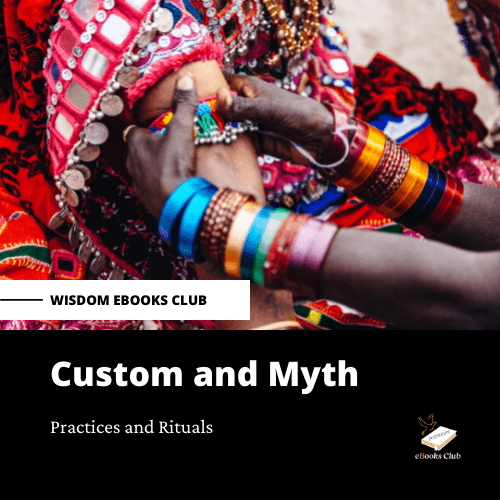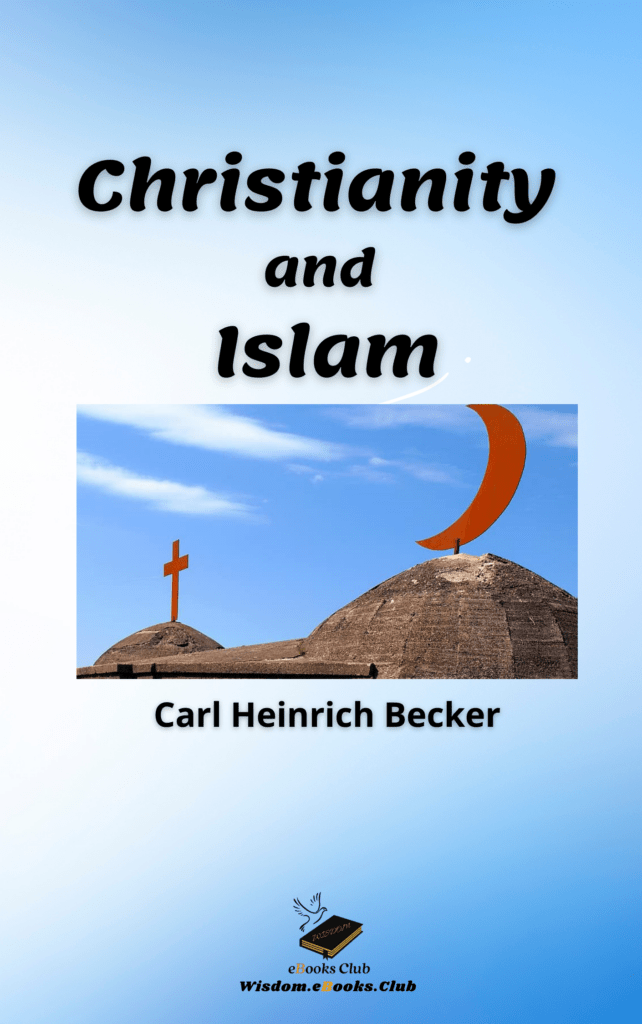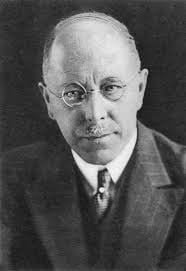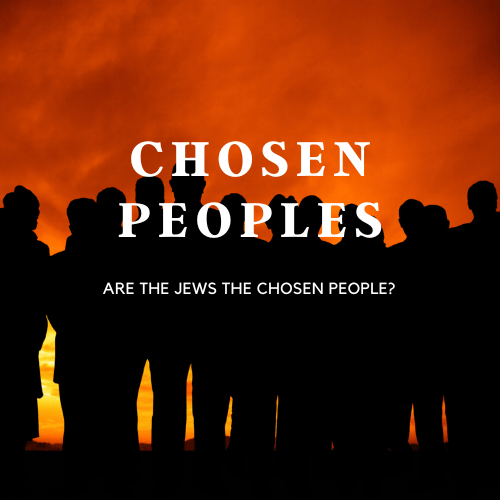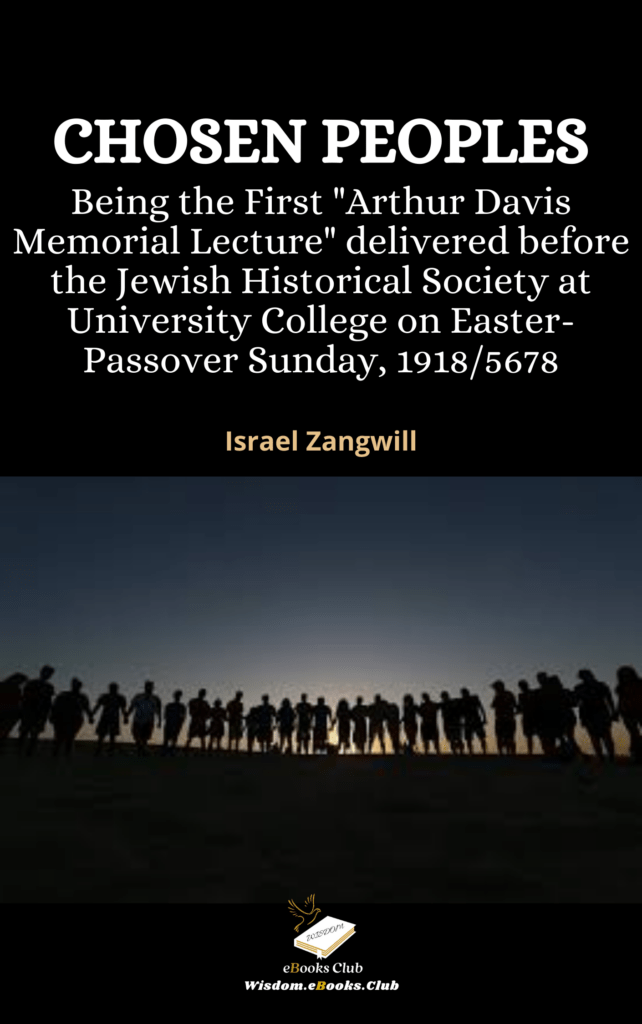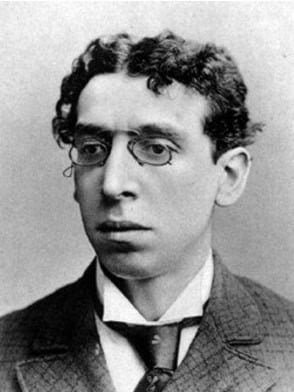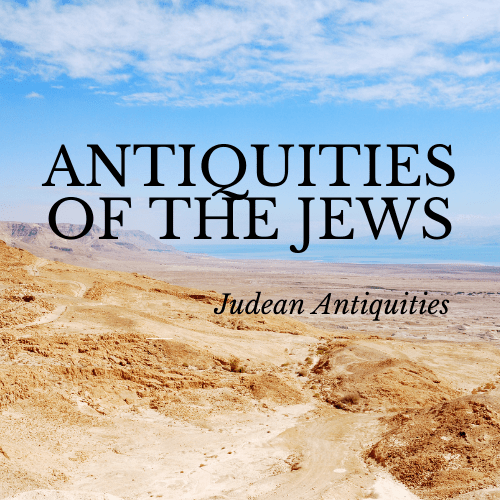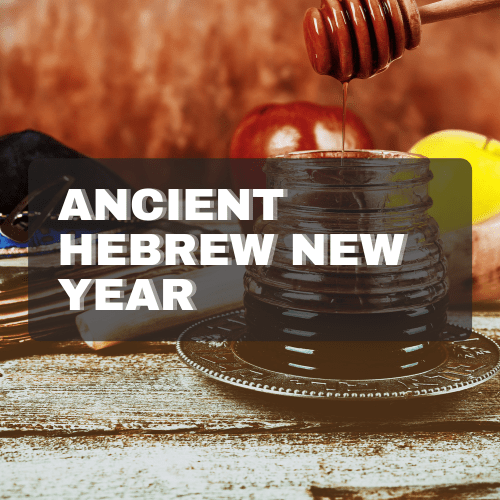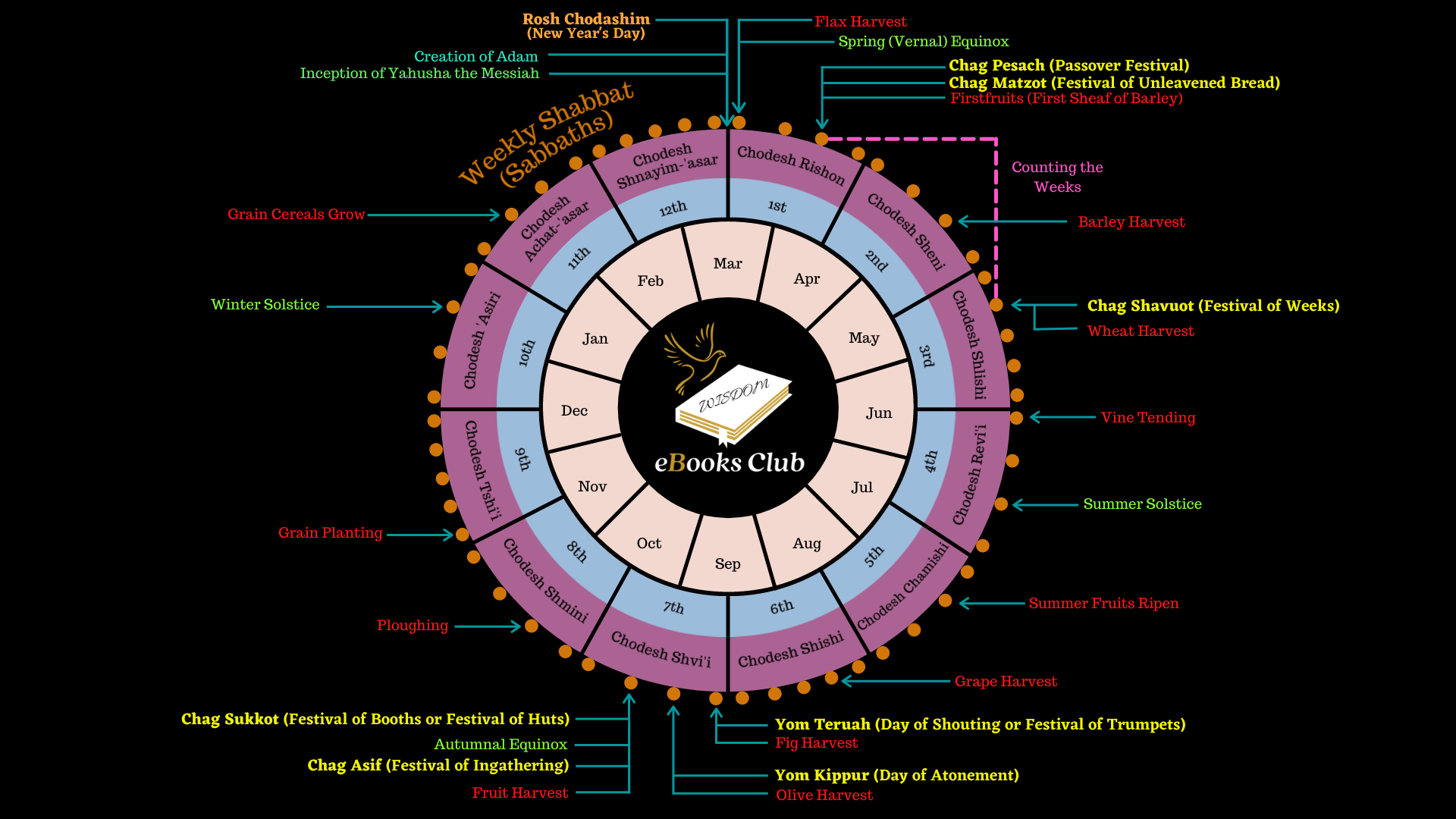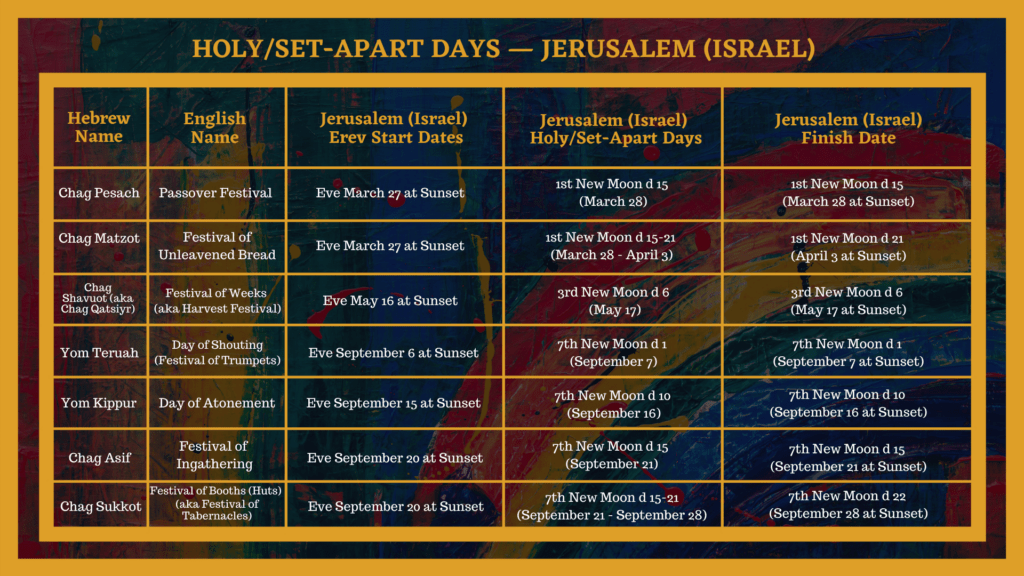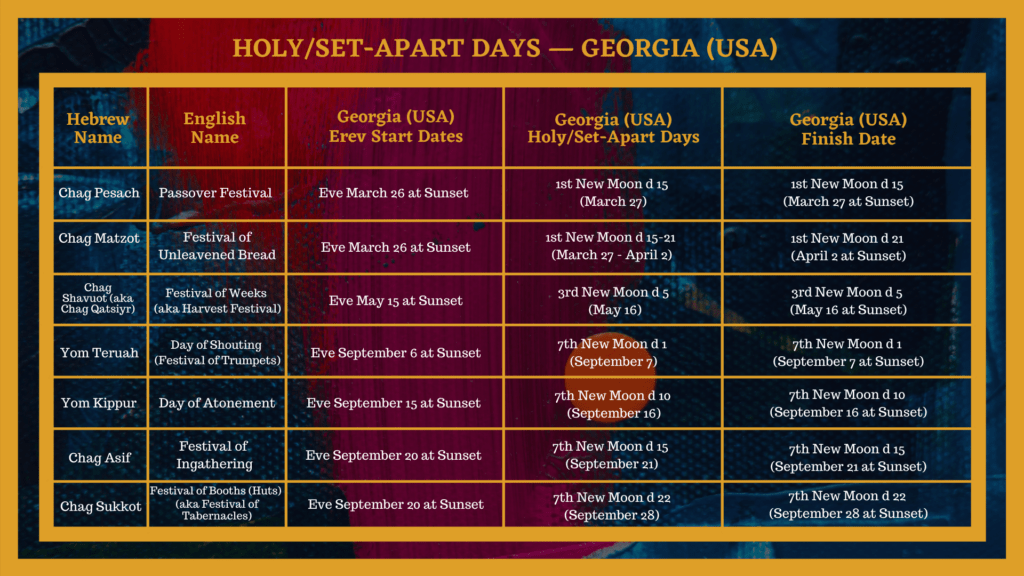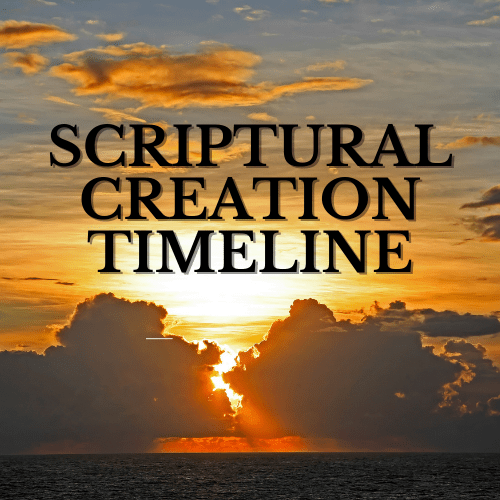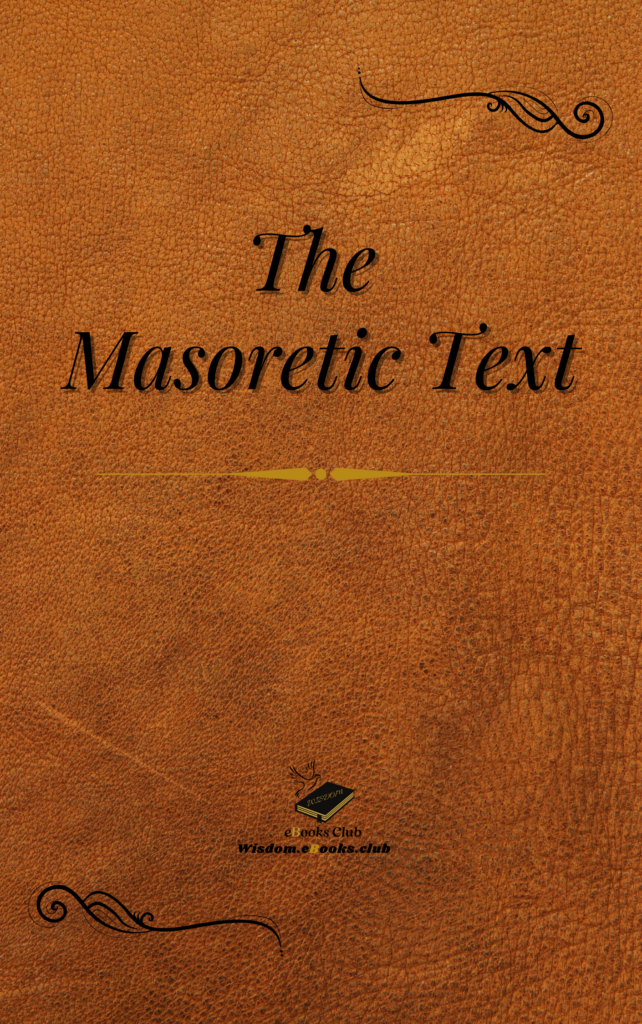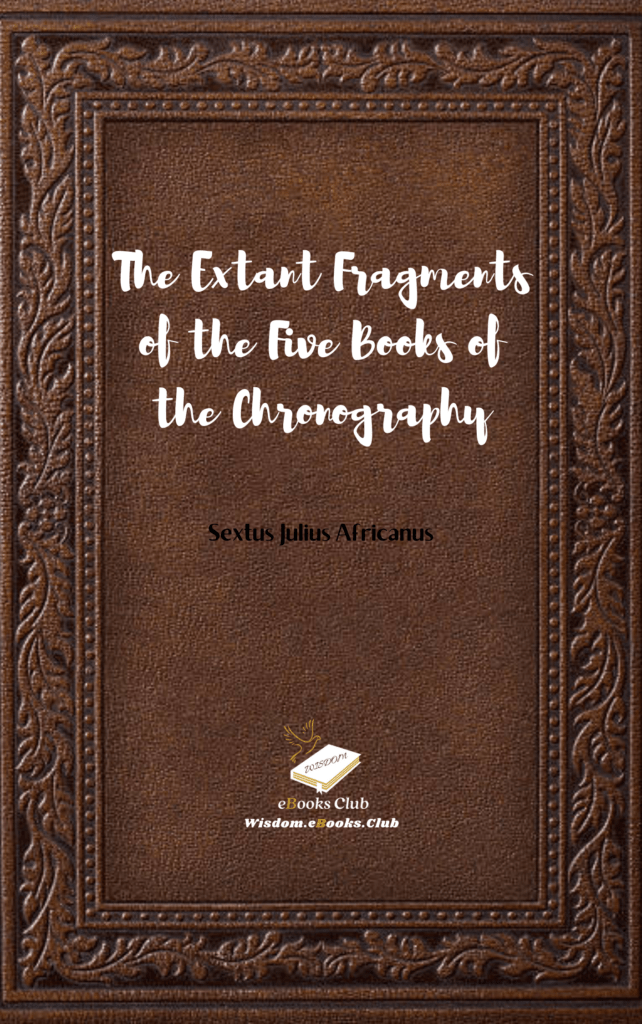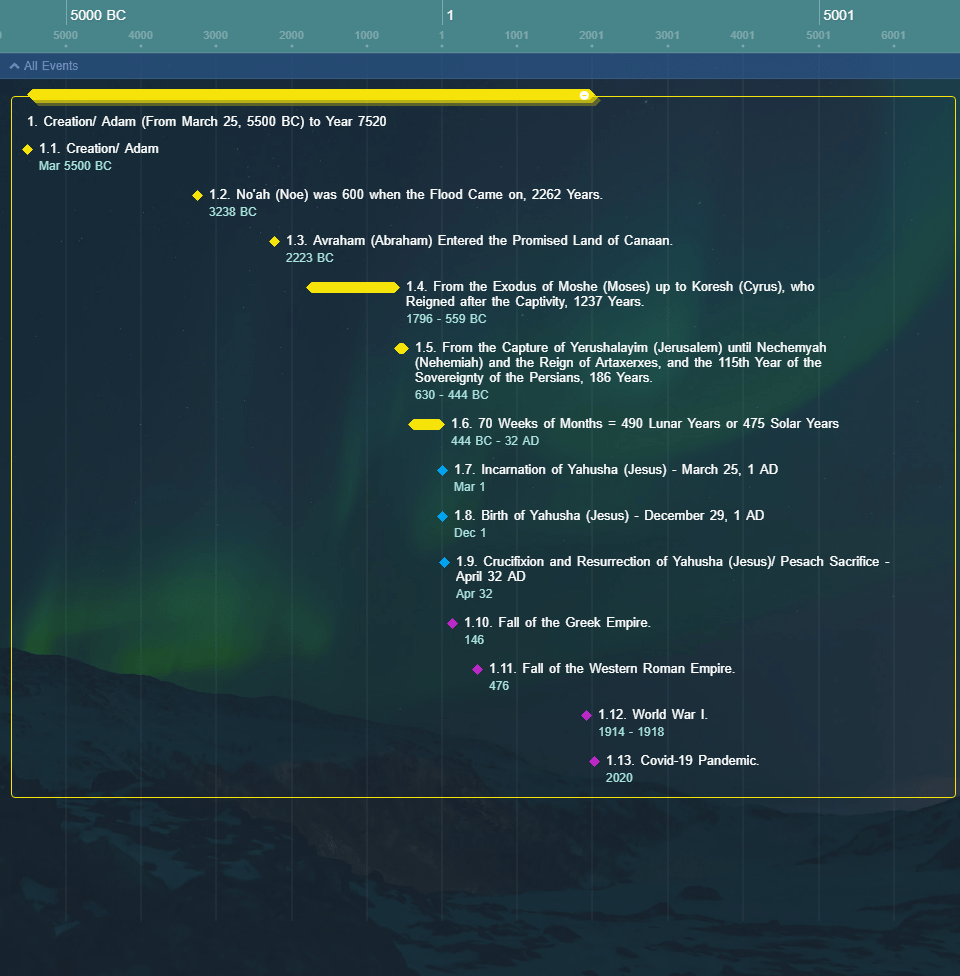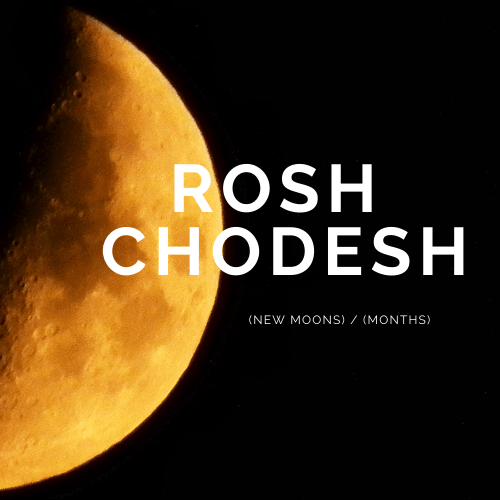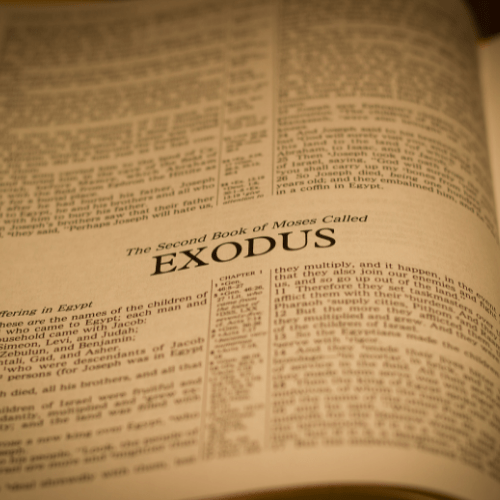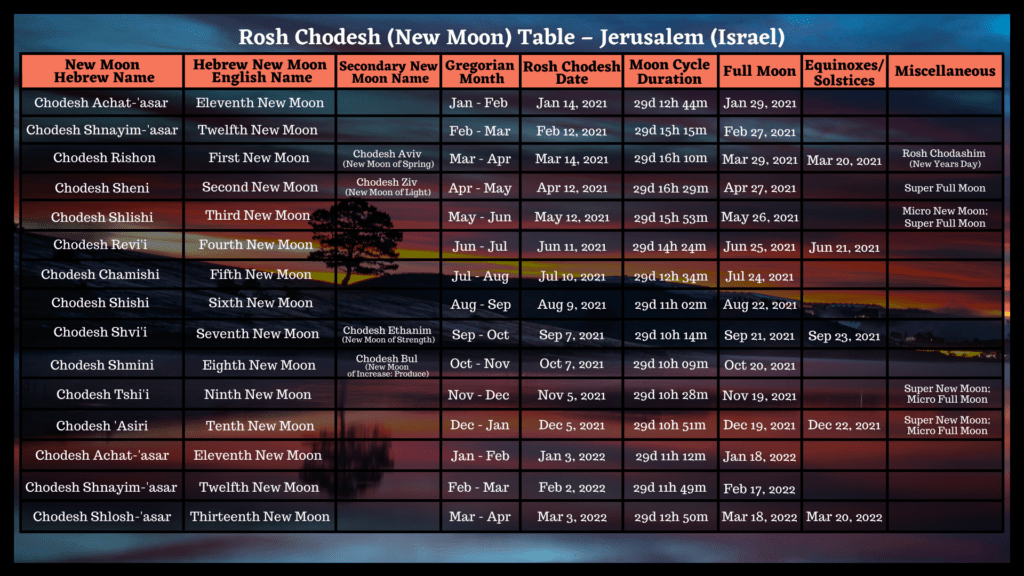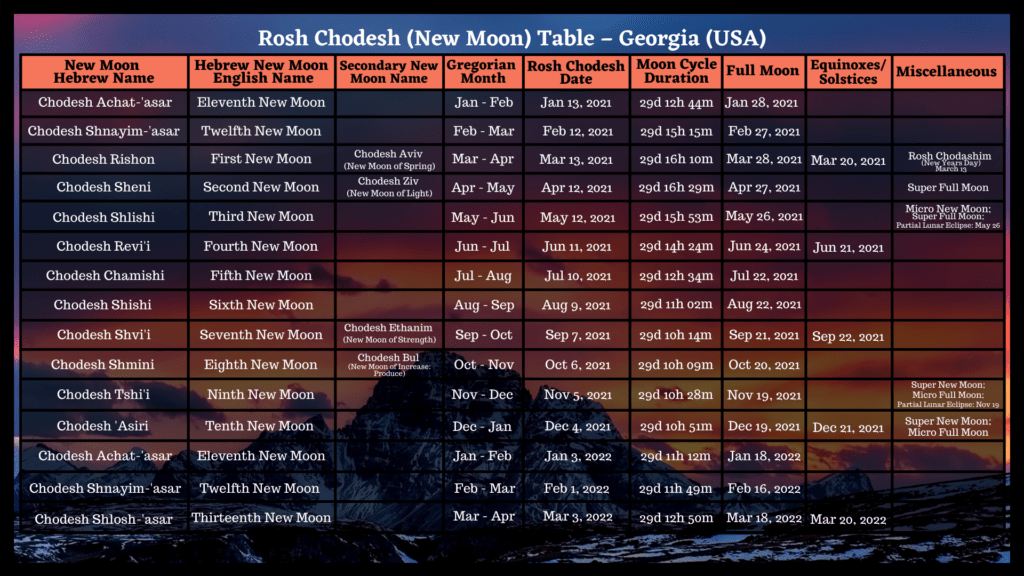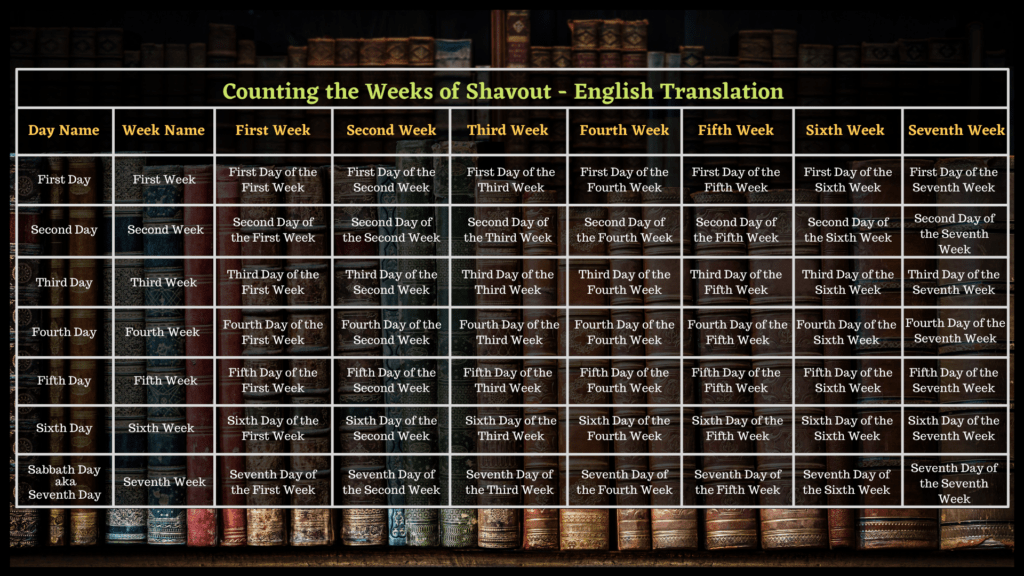Custom and Myth
Custom and Myth
Practices and Rituals
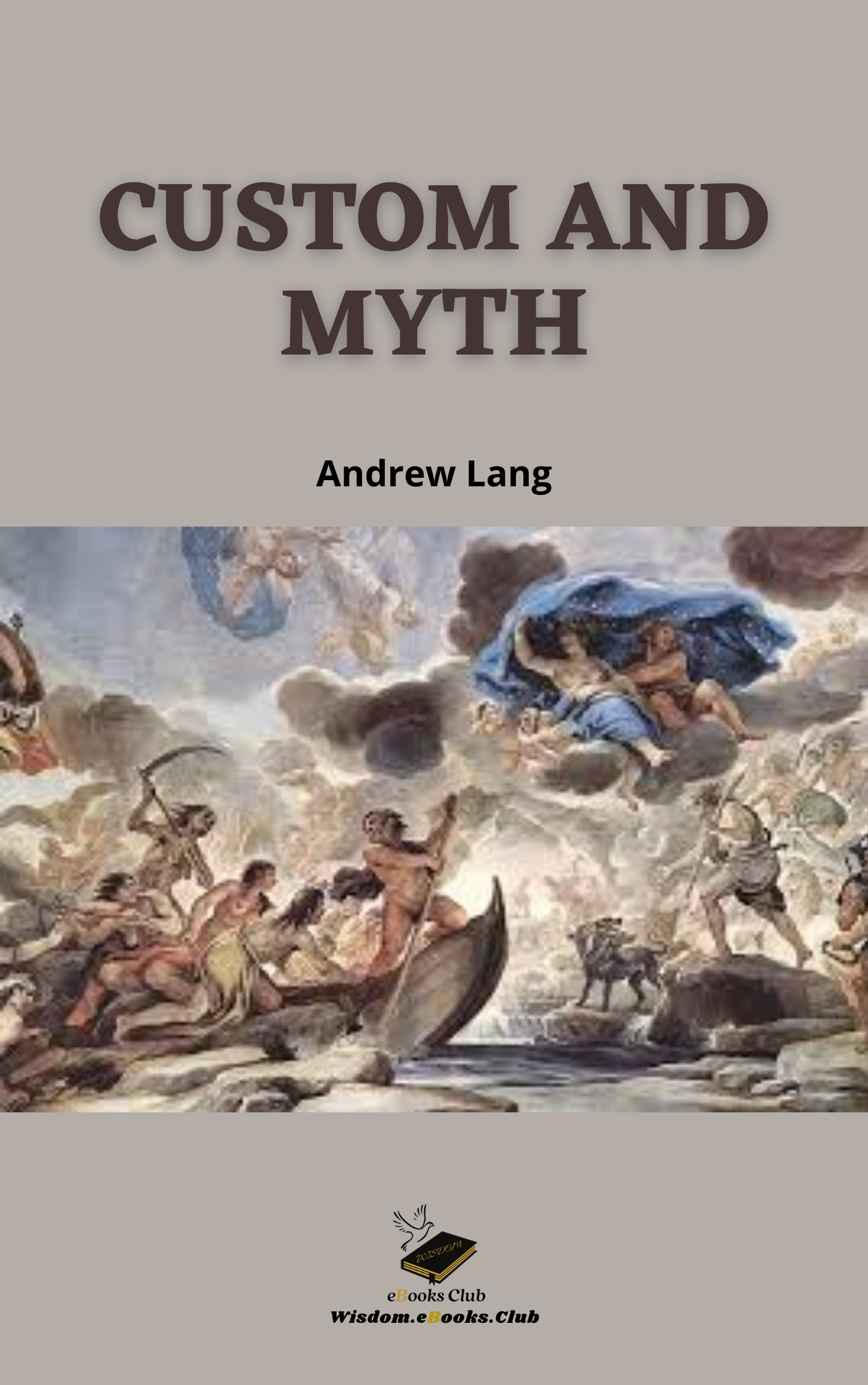
Practices and Rituals
The book Custom and Myth contains 15 sketches by Andrew Lang ranging from Method of Folklore and Star Myths to those of Art of Savages. It demonstrates the author’s perception of the insufficiency of the widely accepted methods of comparative mythology. He does agree that “myths are the result of a disease of language, as the pearl is the result of a disease of the oyster.”
Mr. Lang rejects the idea supported by many other renowned philologists, including Max Müller, Kuhn, and Breal – that proper names in the old myths can depict their explanation. He instead claims that the study of names, which carries the entire structure of philological “comparative mythology” rests, is an evolving and unstable foundation.
He says that stories are initially anonymous, and names are added later on, and eventually, adventures generally gather around some legendary divine, heroic, personage, or human. Thus, a Greek myth or a Hindu legend might be popular among people who may have never heard of India or Greece. For example- Jason’s story is widely prevalent in North America, Madagascar, Finland, and Samoa. Every myth present here serves a controversial objective to an extent, as it supports the theory of the novelist that isn’t clarified by comparative mythology. According to him, folklore has survivals of primitive concepts familiar to many people as the same theories appear to be created in identical physical and social circumstances.
The theory of a myth prevalent to multiple races relies on the premise that there is a common intellectual condition among them. We might push back a god from Phœnicia to Accadia or Greece to Phœnicia. Still, ultimately, we come to a story full of theories such as those that the Eskimo tell in their dark huts, Bushmen by the campfire, and Australians in the shadows of the “gunweh,”—evil, ignorant, vague like the dreams of the savage myth-makers from which they originated.

On every page of this literary “Universal Provider, you will experience the wide reading, the genius generalization faculty, the marvelous reputation, and the unshakeable amusement,” who modestly compares these essays to “flint-like flakes from a Neolithic workshop.” The notion that the primary purpose of a myth is to provide a rationale for a custom didn’t require significant efforts to be embraced. Several scholars considered myths in their earliest stages to be accounts of social practices and beliefs at the beginning of the 20th century.
Sir James Frazer said that myths and traditions were the shreds of evidence for humanity’s oldest preoccupation—that is, fertility. From the mystical through the spiritual to the scientific—– Human civilization evolved in stages—and myths and practices (having survived till the scientific stage) were the witnesses to ancient modes of thinking which were otherwise impossible to recreate.
As far as the relationship between myth and ritual is considered, myths were the key to explain the rituals, which were otherwise indecipherable according to Frazer. He hence mentioned in Adonis, Attis, Osiris in1906 that the intention behind creating the legendary story of Attis’s self-castration was to throw light on the castration done by the Attis’s cult’s priests to themselves at his festival.
Biblical scholars emphasized the importance of searching for the situation in life and custom (the “Sitz im Leben”) initially possessed by fictional texts in their own informative manner.
Several scholars focused on the ceremonial functions of myths, especially in Britain and the Scandinavian countries, commonly referred to as the Myth and Ritual school (from where British biblical scholar S.H. Hooke was widely known). They focused on researching the Middle East before the rise of Islam and even after that, especially about the rituals related to holy kingship and New Year’s celebrations.

The discovery about the creation of epic Enuma elish being recited at the Babylonian New Year’s festival was significant: the myth was, it was argued, expressing in language that which the ritual was enacting through action. The relationship between myth and ritual in ancient Greece has been thoroughly investigated by classical scholars, and the study of sacrifice by Walter Burkert named Homo Necans: The Anthropology of Ancient Greek Sacrificial Ritual and Myth (1983) was enormously influential.
There is no concrete evidence suggesting the connection between myths and cult behavior, but it is believed to exist. According to Frazer, ritual came before, and myth was created as an eventual explanation. However, there is no consensus opinion regarding which originated first. Modern scholars prefer to focus on the diversity of the relationship between myth and ritual rather than on temporal priority. While it has been established that some myths are linked to rituals, it makes sense to suggest that the myth communicates through the narrative language what the ritual expresses through the symbolism of action. Typically, the content of essential myths about the world’s origin usually represents a tradition’s dominant cultural form.
Agricultural civilizations throw light on agricultural practices in their myths; pastoral cultures on pastoral practices, hunter-gatherer societies on the origin of game animals and hunting practices; and so on.
Thus, many myths introduce representations of acts and organizations that are fundamental to the way of the life of society and link these to primordial times. In particular traditions, the myths deal with topics like initiation ceremonies, customs of secret cultures, and harvest rituals.
Andrew Lang

- Born on March 31, 1844, Andrew Lang was a Scottish author specializing in folk and fairy tales.
- He also wrote novels, was a literary critic, and made significant contributions to anthropology.
- The Andrew Lang lectures at The University of St Andrews hold The Andrew Lang lectures in his honor.
- Born in 1844 in Selkirk, Scottish Borders, Lang was the first of the 8 children of the town clerk of Selkirk, John Lang, and his spouse Jane Plenderleath Sellar whose father was a factor to the first Duke of Sutherland, Patrick Sellar. Lang married the youngest daughter of C. T. Alleyne of Clifton and Barbados, Leonora Blanche Alleyne, on April 17, 1875.
- Even though she never received credit, she was the collaborator, translator, or author of Colr/Rainbow Fairy Books by Lang.
- Lang went to Loretto School, Selkirk Grammar School, and the Edinburgh Academy, and the University of St Andrews and Balliol College, Oxford, where he secured first class in the final classical schools in 1868, after which he became a fellow of Merton College and eventually honorary fellow. He soon made his mark in poetry, journalism, and history as one of the most influential authors and critics of that time. He also joined a Neo-Jacobite society known as the Order of the White Rose in the 1890s and 1900s, a popular community of authors and artists. He was elected FBA in 1906.
- In 1666 Admiral Penn sent William back to Ireland to govern the family estates. There he crossed paths again with Thomas Loe and, after listening to him preach, elected to join the Quakers (the Society of Friends), a faction that was deemed religious fanatics who were denounced by respectable society and subject to religious persecution.
- On July 20, 1912, he lost his life to angina pectoris at the Tor-na-Coille Hotel in Banchory, Banchory, survived by his wife. A monument was built for the people to visit in the south-east corner of the 19th-century section in the cathedral precincts at St Andrew’s, at his burial place.
- Today, Lang is primarily known for his writings on mythology, folklore, and religion. He was interested in folklore from a young age and was influenced by E. B. Tylor when he read John Ferguson McLennan before coming to Oxford.
- Custom and Myth, released in 1884, is his earliest piece. He described the “irrational” aspects of mythology as survivals from more primitive forms in Myth, Ritual and Religion in 1887. The 18th-century notion of the “noble savage” strongly influenced his Making of Religion: in it, he confirmed the presence of high spiritual ideas among “savage” races, drawing a comparison with the contemporary interest in supernatural phenomena in England.
- Lang’s perfectly written and illustrated version of fairy tales in 1889, Blue Fairy Book, has become a classic. He published several other fairy tale series, commonly known as Andrew Lang’s Fairy Books. He credited his wife with translating and transcribing many of the tales in the collection in the preface of the Lilac Fairy Book. He investigated the roots of totemism in his 1903 book- Social Origins.
- Lang participated actively in journalism in numerous ways. From sparkling “leaders” for the Daily News to miscellaneous articles for the Morning Post to being the literary editor of Longman’s Magazine for several years; he was the most sought-after critic for periodic reports or introductions to new editions or as editor of delicate pieces.
List of the Andrew Lang Lectures at the University of St Andrews:
The lectures from 1927 to 1937 have been gathered into a book- Concerning Andrew Lang. These are the included lectures:
- George Gordon’s “Andrew Lang,” December 1, 1927.
- “Andrew Lang’s Work for Homer” by Alexander Shewan – November 15, 1928.
- “The Raw Material of Religion” by R. R. Marett – October 25, 1929.
- “Andrew Lang as Historian” by Robert S. Rait- October 24, 1930.
- “Andrew Lang and the Maid of France” by Louis Cazamain- October 22, 1931.
- “Andrew Lang and the Border” by John Buchan-October 17, 1932.
- “Lang, Lockhart, and Biography” by H. J. C. Grierson- December 6, 1933.
- “Andrew Lang and the House of Stuart” by J. D. Mackie- November 21, 1934.
- “Andrew Lang and the Literature of Sport” by Bernard Darwin- November 26, 1936.
- “Andrew Lang’s Poetry” by A. Blyth Webster- October 20, 1937.
To see more information about this topic or other religious topics, you may check the books and magazines available at www.wisdomebooksclub.com or visit our peals of wisdom page page by clicking on this link to access more interesting blog articles, games, quizzes, music videos, religious poems, Jewish recipes, popular sermons, and more.
